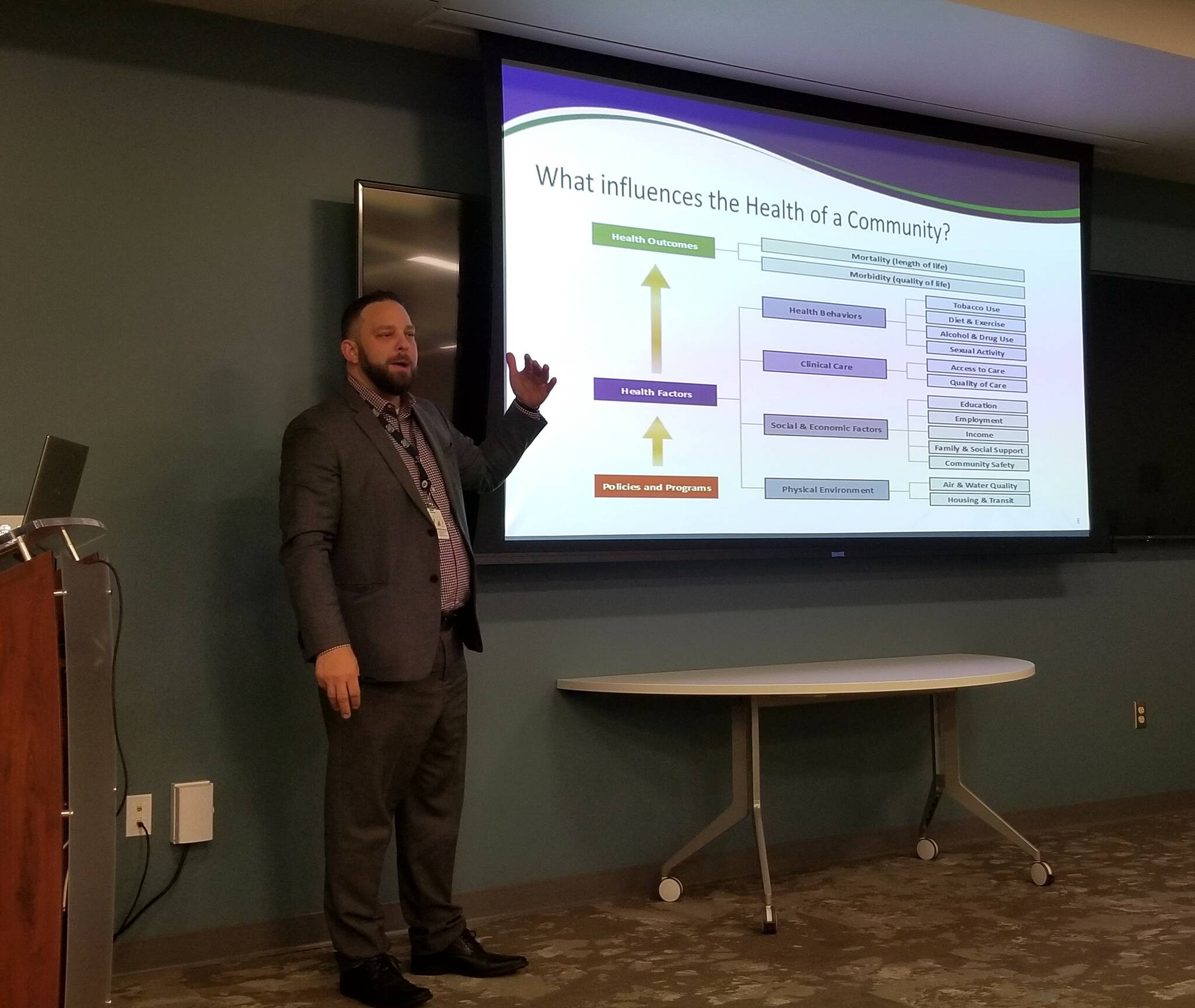With the topic of health garnering a larger central focus in many communities’ post-pandemic, discussions of historical health records as well as what can be done moving forward were the highlights of two community forums in Grays Harbor County this week.
Summit Pacific Medical Center (SPMC) hosted one of its two planned community forums on Wednesday, Nov. 16. The event, which was hosted by SPMC CEO Josh Martin, allowed listeners to see a review of the 2020-2022 Community Health Needs Assessment (CHNA) and see a plan for the 2023-2025 CHNA which was compiled for Grays Harbor County Public Hospital District 1. The forum also allowed for community input and prioritization of needs to better increase health overall within the district.
During the review of the 2020-2022 CHNA, statistics showed that life expectancy in Grays Harbor is 3.5 years less than in the rest of Washington. According to the Robert Wood Johnson Foundation’s 2022 County Health Rankings & Roadmaps for Washington, data shows that Grays Harbor County currently ranks 37 out of 39 counties for overall health outcomes, a three-spot compared to 2016.
“We didn’t become the unhealthiest community overnight. This didn’t happen yesterday or a year ago. It’s generational,” Martin explained.
Many factors contribute to the overall ranking, including health behaviors, nutrition, clinical care, and social and economic factors among others.
The most intriguing points of data provided were Grays Harbor County’s ranking for “Quality of Life.” In 2016, Grays Harbor ranked 29th out of 39 counties in the state for “Quality of Life”, which is measured as “poor or fair health, poor physical health days, poor mental health days, and low birth weight,” compared to 2022 which ranks as 34th.
According to Martin, Summit Pacific is trying to address multiple issues in its 2023-2025 CHNA to help raise the county’s health performance such as increasing support of healthy lifestyles, healthcare access and physical environment.
“We need an increased understanding of the impact that diet has on overall health, awareness of healthy alternatives, access to nourishing foods and food preparation skills,” Martin said. “We also need to address the shortage of primary care and mental health providers in Grays Harbor County as well as high rates of poverty and shortage of housing.”
According to the United States Census Bureau, 14.5% of the population of Grays Harbor lives in poverty compared to 10.2% in Washington. In 2020, The United Way ALICE (Asset, Limited, Income, Constrained, and Employed), a survey that documents who live below the Federal Poverty Level, showed that 46% of Grays Harbor County households were living below the ALICE threshold. This includes 45% of households of families with children and 49% of senior (65 and older) households.
Martin said some of the best ways to start addressing some of these problems is to increase the number of behavioral health providers and support staff as well as provide education around food storage, preservation and medical nutrition programming.
“We’ve got nowhere to go but up, and all these solutions require the input and involvement of many,” Martin said.
Contact Reporter Allen Leister at allen.leister@theworld.com



